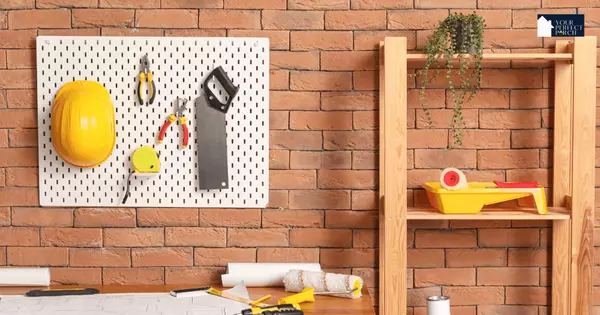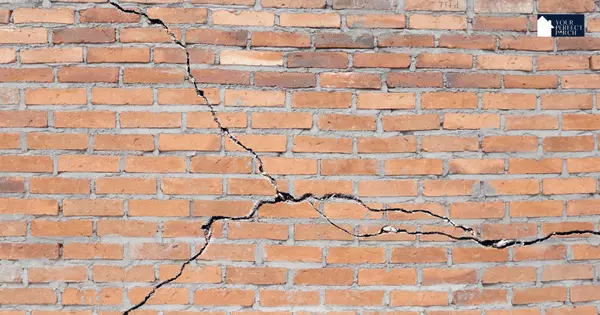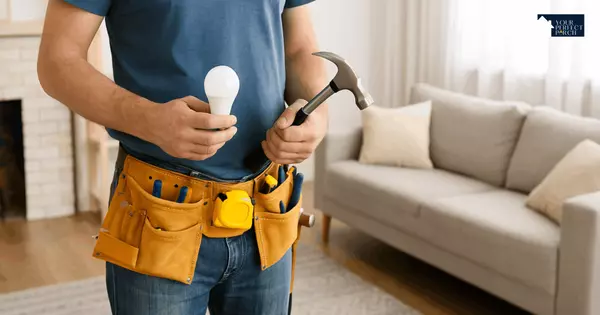How to Prepare for a Smooth Long-Distance Move
A long-distance move requires careful planning to avoid unnecessary stress and last-minute problems. The first step is to create a detailed checklist that includes everything from hiring movers to updating your address. Breaking down tasks into manageable steps will help keep things organized and prevent important details from being overlooked. Researching and booking a reputable moving company early is crucial, as reliable movers get booked quickly. If you're driving to your new home, plan your travel route and make accommodation arrangements if needed. Packing should be done in phases, starting with non-essential items and gradually working toward daily necessities. Labeling boxes clearly will make unpacking easier once you arrive. Keeping important documents, medications, and valuables with you ensures they don’t get lost in transit.
Proper packing can prevent damage to your belongings and make unpacking more efficient. Use sturdy boxes and high-quality packing materials to protect fragile items. Wrapping breakables in bubble wrap or packing paper adds an extra layer of security during transit. If possible, disassemble large furniture to save space and reduce the risk of damage. Using vacuum-sealed bags for clothing and bedding can free up room in your moving truck or luggage. A good strategy is to pack an “essentials” box with items you’ll need immediately, such as toiletries, basic kitchen supplies, and a change of clothes. This will make the first night in your new home more comfortable without having to search through multiple boxes.
Managing logistics is just as important as packing and planning. Notify utility companies, banks, and insurance providers about your change of address to avoid disruptions in services. If you have children, transferring school records and finding a new healthcare provider should be done well in advance. Forwarding your mail through the postal service will help ensure you don’t miss important documents or bills. If moving across state lines, research local laws and regulations that may affect you, such as vehicle registration requirements. Having a backup plan is also wise in case of unexpected delays. Staying flexible and prepared can help minimize stress during the move.
Once you arrive, take time to settle in gradually instead of rushing through everything at once. Unpacking one room at a time can make the process feel more manageable. Exploring your new neighborhood and meeting neighbors can help you feel more connected to your new community. Setting up essential areas, like the kitchen and bedrooms, should be a priority to make your home functional right away. Taking short breaks during the unpacking process can prevent exhaustion. Celebrating small milestones, such as finishing a room or setting up furniture, can make the experience more positive. Moving long distances can be challenging, but staying organized and patient will help the process go smoothly.
Categories
Recent Posts










